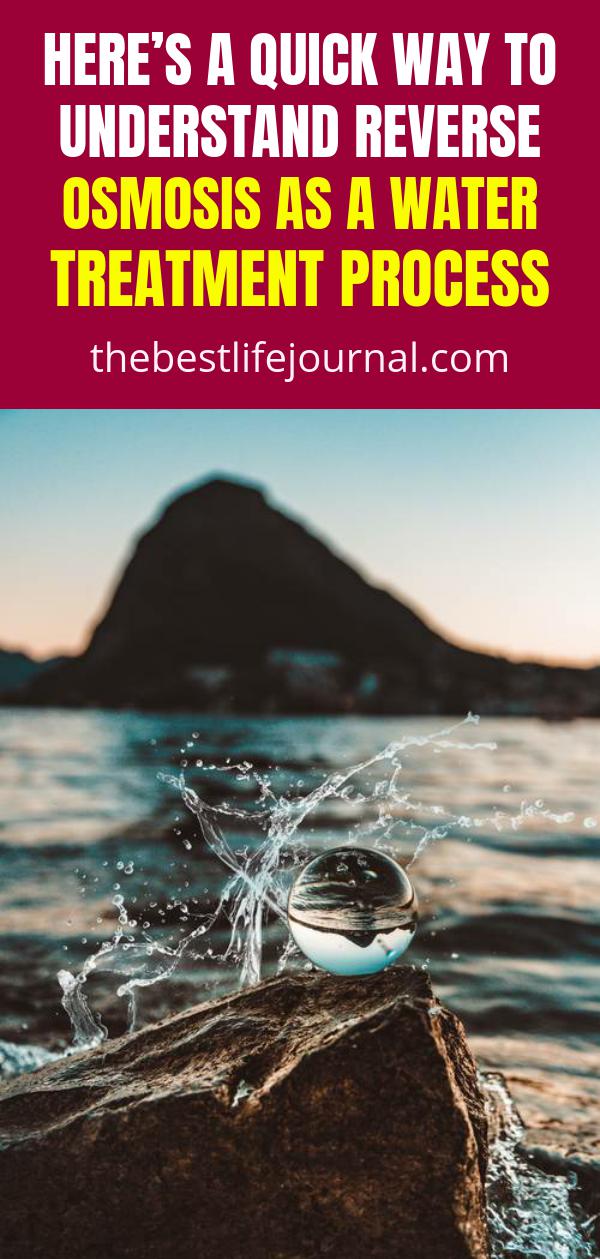The use of reverse osmosis as a water treatment process or technology started more than four decades ago. It emerged as an effective alternative technique for desalinating abundant seawater. You see, the world’s surface is up to two-thirds covered by ocean and seas. But why is it that many countries and cities are still lacking an adequate supply of potable water? That was the concern when scientists and researchers started exploring many more ways of converting water from the ocean and sea into a form that would be most useful to households, industries, and people.
Upon the wide recognition of the water treatment methods decontaminating and purifying capabilities, systems for reverse osmosis started getting commercial production and distribution mostly for household water purification purposes. These systems have been installed in many homes since the start of the 1970s. Reverse osmosis devices and facilities have instantly become a more viable option to the costlier and more energy-wasteful units of water distillation.

The process is depending mostly on the semi-permeable membranes through which pressurized liquid or water is forced into. The use of force is a necessary factor because logically, reverse osmosis is simply the exact opposite of natural osmosis. As a review for your general science lessons, osmosis is the tendency of water, the universal solvent, to migrate or transfer from a solution with weaker saline content into a solution with stronger saline concentration. This phenomenal process is considered as nature’s way of gradually equalizing or balancing saline composition of solutions, especially when there is a semi-permeable membrane that separates them.
In reverse osmosis, there should be force applied so that water would move in the reverse direction: from the solution with stronger salinity into the solution with a weaker concentration of saline. There is again the presence of a semi-permeable membrane. Why not the movement of salt molecules? In particular, salt molecules are physically bigger compared to water molecules. Because of that, the membrane would block the passage of even the tiniest salt particles or molecules. The result: desalinated water on a side of the membrane and a more concentrated solution of saline on the other.
In the same process, reverse osmosis is touted to do the same involving water contaminants. Because of this, the process has been known as an effective and highly reliable water purification method for the production of safer drinking water. Many businesses are now capitalizing on the use of reverse osmosis in producing safe and quality potable water for the general use of people.

There are pros and cons to the use of reverse osmosis as well. For the advantage, of course, the process is used when there is a goal to produce safer water for consumption. The method is also used when separating water from other forms of contaminants or impurities like lead, iron, manganese, salt, and calcium. Even additive fluoride in tap water could be eliminated through reverse osmosis.
For the disadvantage, many water treatment businesses know for a fact that reverse osmosis facilities are naturally more expensive than other water purification techniques. There is also a known limitation. It would not work in filtering out volatile organic chemicals and chlorine. This is because such impurities are too small their molecules are even smaller than those of water. They could also pass through the stringent pores of semi-permeable membranes.


Comments are closed, but trackbacks and pingbacks are open.